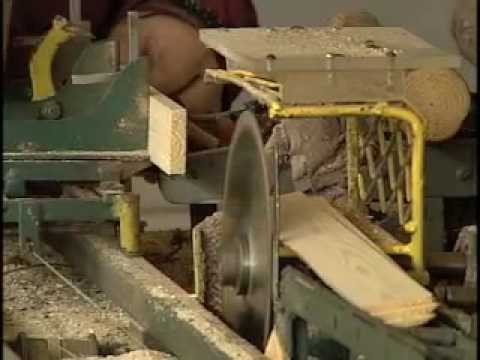Seeing The Profit From The Trees
Post on: 16 Март, 2015 No Comment

Credit: Hancock Timber Resource Group.
Timber investment management organizations own large tracts of timberland like this evergreen forest in Snoqualmie, Washington.
From 1987 through 2007, timber delivered an average annual return of 15.8 percent— based on the performance of the NCREIF Timberland Index — compared to 11.5 percent for the S&P 500 while exposing investors to less risk.
Those returns were earned mostly by large institutions like insurance companies and university endowments that have poured more than $40 billion into timber investment management organizations, TIMOs, not open to most individual investors.
Today, anyone can be a timber investor.
The easiest way to participate in the growth of trees, sale of wood products and the appreciation of forest land is through a timber, real-estate investment trust. Timber REITs, which own and manage forest tracts and wood processing plants, trade publicly like stocks but must pay out 90 percent of their earnings to investors through dividends.
Into The Woods
Plum Creek Timber is the largest private owner of timberland in the U.S. and the largest timber REIT with a market cap of about $5.6 billion. Potlatch is also a timber REIT while Rayonier(generates about a third of its REIT earnings from timber.
Weyerhaeuserhas shed its paper and packaging businesses and will convert to a REIT by year end.
The Wells Timberland REIT is not publicly listed but may be available for purchase through Wells Real Estate Funds.

A less direct but more diversified way to gain timber exposure is through two ETFs that track the asset class. The Guggenheim Timber ETF owns about 25 stocks and REITs involved in the global timber and paper products industry with a 30% weighting to U.S. companies. TheS&P Global Timber & Forestry Index Fund holds 23 securities and is 47 percent invested in the U.S.
Wealthy investors can choose to invest alongside the smart money in TIMOs. Most TIMOs require a minimum investment of $1 million to $5 million and a 10- to 15-year commitment. They operate like venture capital funds by liquidating holdings after a certain time period and distributing the profits to shareholders.
“REITs tend to rise and fall more with the market,’’ says economist Jack Lutz of Forest Research Group. “There’s no public trading with TIMOs and they’re less volatile due to the longer holding period of investors.’’
Some bank-trust departments catering to affluent clients may also offer access to private timber funds.
If you’re willing to do your own legwork, you can also buy timberland directly from small owners in the main forest-growing regions of the U.S. the Southeast, Northeast and Pacific Northwest.
Timber has drawn interest as a way to diversify away from stocks and bonds. The sources of timber returns are primarily growth of trees, lumber and pulp sales, and land appreciation, which bear a low correlation to more liquid markets (see the table below).














